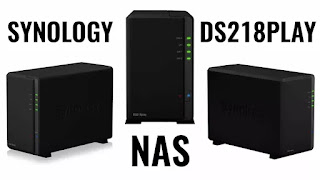Why Do Singers Wear In-Ear Monitors on Stage? Function and Mechanism Explained
You’ve probably seen singers wearing earbud-like devices during live performances. These are called in-ear monitors (IEMs), and they’re far more than stylish accessories—they’re essential tools for maintaining performance quality and control on stage.
So why do singers use in-ear monitors? And how exactly do they work? Let’s break it down step by step for a clear understanding.
1. Why Singers Use In-Ear Monitors
① To Hear Themselves and the Music Accurately
On stage, crowd noise, echoes, and speaker reflections can make it hard for singers to hear their own voices. This can lead to pitch and rhythm issues.
In-ear monitors allow artists to hear their vocals and the accompanying music clearly, helping them stay in tune and on time throughout the performance.
② To Replace On-Stage Monitor Speakers
In the past, wedge-shaped speakers were placed at the front of the stage, but they were bulky, caused feedback issues (loud screeching sounds), and cluttered the setup.
In-ear monitors work via wireless transmission and help keep the stage clean and efficient.
③ To Receive Real-Time Cues During the Show
During live shows, stage crews often send audio cues like “verse 2 coming up” or “prepare for bridge section.”
In-ear monitors serve as a private audio channel just for the singer, helping them stay perfectly aligned with the stage flow.
④ Personalized Sound Mixing
Each artist can adjust the monitor mix to their preferences:
- Lead singers may want just their voice at a higher volume
- Dancers may prefer drums and metronome (click track)
- Backup singers might want the main vocal highlighted
In-ear monitors provide tailored audio that supports individual performance needs.
2. How In-Ear Monitors Work
① Wireless Transmission System
Audio engineers mix the desired audio onstage and send it via a wireless transmitter. Each performer wears a receiver that picks up the signal and plays it through the earpiece.
Thanks to this setup, artists can move freely without cables and still monitor their sound in real time.
② Sound Isolation + High Audio Quality
In-ear monitors are designed to fit tightly in the ear canal, providing noise isolation. They also contain high-fidelity drivers that deliver accurate sound at low volumes.
3. Real-Life Use Cases
| Artist Type | In-Ear Setup |
|---|---|
| Solo Singer | Primarily vocals + click track |
| Idol Group | Vocals + cue signals + drums for timing |
| Band Vocalist | Vocals + drums + bass |
4. What Happens Without In-Ears?
- Singers may not hear their own voice → pitch instability
- Inconsistent music playback
- Missed cues from staff → performance mistakes
→ Worst case: the entire show can fall apart. That’s why in-ear monitors are considered essential in today’s live performances.
Conclusion: The Silent Conductor Behind the Stage
In-ear monitors are not just fancy headphones. They protect vocal clarity, ensure timing accuracy, and guide performers through every second of a live show.
So next time you see a singer with something in their ears, remember: they’re hearing a mix of signals, music, and strategy all at once.



